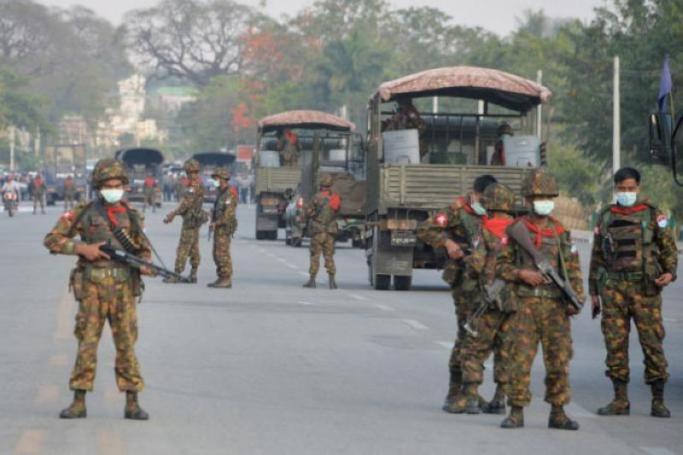Mizzima
The Myanmar junta has temporarily closed the Yeni-Boema Road on 17 August between Pyinmana town in Naypyitaw Council area and Yeni Town in Bago Region due to heavy attacks by resistance groups on the Boema Thandaung hilltop Military Camp.
The road serves as a vital connection between Pyinmana town and Yeni Town. As a result, the public has been prohibited from using this route for travel purposes.
The move by the military comes after fierce attacks on 10 to 14 August on the Boema Thandaung hilltop Military Camp by the Northern Thandaung Defense Force (Special Region) and the Shan/South Pekhon PDF battalion (1004), two local resistance forces.
A Pyinmana resident said, “The battle has concluded, but the traders and vendors are facing inconvenience due to the military's road blockade.”
On 15 August, following the intense battle, the junta military allowed the residents to return to their village; however, there were reports of increased security measures. The devastating airstrikes carried out by the military troops during the four days of conflict resulted in the destruction of over 20 houses in Boema village next to the military camp.
In the attack on the Boema Thandaung hilltop Military Camp, the Northern Thandaung Defense Force (Special Region) reported that a minimum of 50 soldiers from the Military Council were killed, and a substantial amount of ammunition was seized.
Mizzima has not independently verified the extent of the damage caused by the Military Council.
According to the Northern Thandaung Defense Force (Special Region), three resistance fighters lost their lives and three others sustained injuries during the battle.
The resistance attacks can be considered as significant as they are taking place in an area relatively close to the Myanmar capital, Naypyidaw. Pyinmana town itself has a history of being a base for the Japanese occupation forces in World War II, using it to support the then Burma Independence Army, later renamed and reorganized into the Burma Defence Army, led by independence hero Aung San, before they changed sides to join with the Allies.












